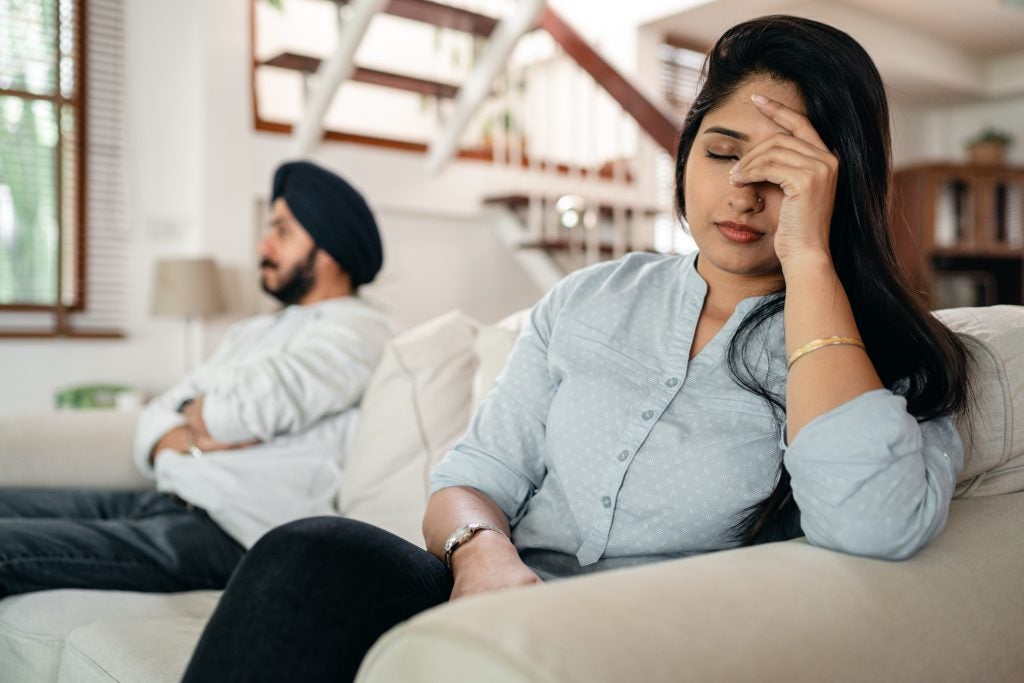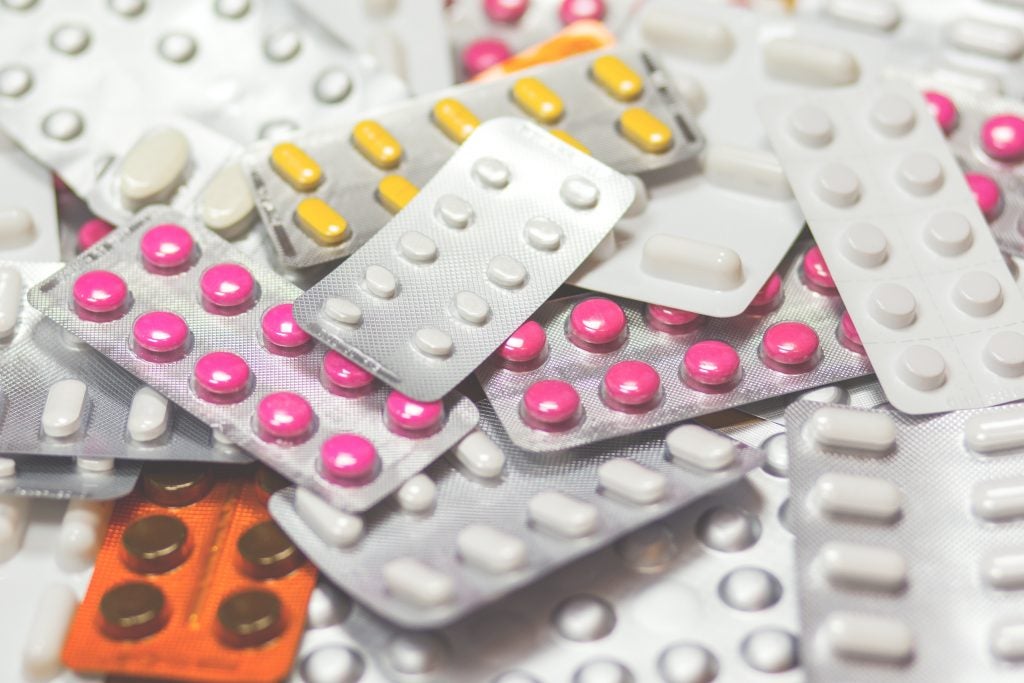Table of Contents
Overview

Sexual headaches are severe headaches that develop in the midst of sexual activity, including during masturbation and orgasm. Other names for this condition are benign sex headache, benign vascular sexual headache, coital cephalalgia, coital headache, orgasmic cephalalgia, and orgasmic headache.1 Although sexual headaches are usually benign, they may be an indicator of a more serious issue (especially if the pain occurs suddenly and severely), so those suffering should be evaluated by a healthcare professional.
Sexual headaches occur more often in males than in females (roughly 3-4 times more frequently).2 There is also a wide age range of occurrence. The two average peak ages of onset tend to be during the early 20s and around age 40.3 Some patients of sexual headaches experience a dull aching pain in their head and neck, which often builds as sexual excitement increases. Others experience a sharp, sudden headache just before or during orgasm.4
For both the patient and their partner(s), the physical and psychological effects of sexual headaches can be painful, confusing, and distressing. If sexual headaches occur during partnered intercourse, open and honest communication between partners can help ensure a more comfortable and positive experience for all involved. Those suffering from sexual headaches should consult with a doctor in order to receive an accurate diagnosis and appropriate medical help.
History

While K. Kritz was one of the first people to formally address sexual headaches in the 1970s, the condition has been reported to exist since the time of Hippocrates (around 460 BC).5 One team of researchers in Denmark conducted a study in January of 1992 using 26 patients (19 males, 7 females) who visited a private clinic complaining of headaches associated with orgasm. The patients participated in interviews regarding their headaches and described certain aspects of the condition, such as frequency of occurrence, symptoms of distress, etc. All patients involved in the study reported intense headache pain for at least 5-15 minutes. Following this initial pain, four patients claimed the headache then disappeared, while the remaining twenty-two patients said the headache could take up to twenty-four hours to subside. Additionally, twelve patients reported frequent occurrence of other headaches, unrelated to sexual activity. Researchers found a significant correlation with those who suffered from both coital and non-coital headaches being more likely to experience repeat and prolonged attacks of sexual headaches. Patients who did not suffer from non-sexual headaches in addition to sexual headaches, and who sought treatment for their coital headaches, were likely to face fewer episodes and to have a more favorable prognosis.5
Causes
The onset of these sexual headaches is not solely triggered by sexual intercourse; instead, they can be triggered by any activity that ends up in orgasm, such as masturbation.4 A study conducted in the United Kingdom found that roughly 30% of sexual headache patients reported headaches during masturbation in addition to intercourse.3 This condition has an unpredictable occurrence, sometimes appearing in regular intervals and, in other cases, appearing sporadically. However, there is a higher chance of incidence if one is tired, stressed, or engaging in sexual intercourse several times in rapid succession. Other risk factors may include obesity, certain sex positions (such as kneeling), and degree of sexual excitement. A small number of sexual headache cases have been linked to pharmacological triggers, including marijuana, amyl nitrite, amphetamines, sildenafil and some anxiolytics.7 Having a history of migraines or tension headaches also increases the likelihood of having sexual headaches.5
While some sexual headaches are not associated with any other underlying condition, some may be caused by outside factors such as the following:
- Intracranial aneurysm (a weak blood vessel in the brain that swells and fills with blood)
- Arteriovenous malformation (an abnormal connection between arteries and veins, usually in the brain and/or spine)
- Dissection (bleeding into an arterial wall of an artery that leads to the brain)
- Stroke
- Coronary artery disease (damage or disease existing in the heart’s major blood vessels)
- Birth control pills or other medications
- Inflammation from infection
Sexual headaches that are followed by loss of consciousness, vomiting, or stiff neck, as well as intense pain lasting more than twenty-four hours, are more likely to be due to underlying factors.4
Sexual headaches are not very common. Prevalence in the general U.S. population is reported around 1%.3 However, this condition may also be underreported due to embarrassment, misdiagnosis, or confusion about symptoms.
Symptoms
There are two main types of commonly reported sexual headaches; however, clinical studies have not been able to confirm a consistent division between the two types, so they should generally be regarded as a single condition with variable presentation.1 During the first type, excitement due to intercourse and/or orgasm causes the muscles in the head and neck to contract, thus leading to intense pain.6 Patients have described the feeling as being similar to a sudden blow to the head, or like a sudden throb of pulses (similar to a migraine). The second type generally manifests as an intense vascular headache, usually occurring just before orgasm. This type of headache can begin in response to increased blood pressure, and can manifest itself around or behind the eyes.6
Sexual headaches can last anywhere from one minute to twenty-four hours with strong intensity, or up to seventy-two hours with mild intensity.1 Sexual headaches are typically worsened by movement.6
Those who believe they may be suffering from sexual headaches should ask themselves if their symptoms fit the following criteria:

- Two or more episodes of pain in the head and neck
- Pain occurs only during sexual activity
- Pain intensifies abruptly and powerfully as sexual excitement increases and/or around the time of orgasm
- Pain lasts between one minute (minimum) and seventy-two hours (maximum)
- Pain is not more accurately attributed to or caused by any other known condition
If all of these conditions are met, a person may be suffering from sexual headaches.1 Remember that only a medical professional can properly diagnose and treat sexual headaches.
Prevention
While some occurrences of sexual headaches may be unavoidable, there are multiple steps a person can take in an effort to reduce their chances of experiencing sexual headaches. Suggested prevention methods include losing weight, increasing exercise, and taking a more passive role during sexual intercourse. Additionally, avoidance of drugs that may act as a trigger (such as marijuana, amyl nitrite, amphetamines, sildenafil and some anxiolytics) can be helpful in reducing the risk of sexual headaches.7
Prognosis
The course of this condition tends to fall into two patterns: an episodic course with recurring bouts (that may eventually cease completely), and a chronic course. Episodic sexual headaches occur in roughly 75% of patients, while chronic sexual headaches occur in about 25% of patients. Those who suffer from episodic courses usually notice the condition disappearing within weeks to months after it first began, often without receiving any specific treatment. Even in those with chronic courses, 69% of these patients reached remission over the course of 3 years.3 Therefore, sexual headaches typically have a favorable prognosis.
Treatment

Fortunately, most sexual headaches tend to disappear on their own over time. However, those who believe they may be suffering from sexual headaches should still see a doctor in order to rule out other, more severe causes. A doctor can perform tests to rule out causes such as subarachnoid hemorrhage, arterial dissection, and cerebrospinal fluid leaks.2 Oftentimes, these tests will be performed via CT (computed tomography) scan.
When necessary, doctors may prescribe a nonsteroidal anti-inflammatory drug (NSAID) called indomethacin that can reduce pain. Success rates in preventing orgasmic headaches have reached up to 80% using the beta-blocker propranolol (sold under the name Inderal).2
Concluding Remarks
While sexual headaches are often benign, patients should always consult with a doctor to rule out any other causes and receive appropriate medical treatment. Holistic management of this sexual disorder involves proper pain management and open communication in order to ensure physical and psychological well-being. With proper diagnosis and treatment, sexual headaches can be successfully managed.
References
1. “4.3 Primary headache associated with sexual activity.” ICHD-3 Beta The International Classification of Headache Disorders 3rd edition (Beta version). N.p., n.d. Web. 09 Apr. 2017.
2. “Orgasmic and Pre-orgasmic Headache.” American Migraine Foundation. N.p., 10 July 2016. Web. 09 Apr. 2017.
3. Redelman, Margaret J. “What if the ‘sexual headache’ is not a joke?” British Journal of Medical Practitioners. BJMP, 2010. Web. 09 Apr. 2017.
4. “Sex headaches.” Mayo Clinic. Mayo Foundation for Medical Education and Research, 02 Apr. 2015. Web. 11 May 2017.
5. Østergaard, John R., and Morten Kraft. “Benign Coital Headache.” Cephalalgia 12.6 (1992): 353-55. Web. 10 May 2017.
6. “Sexual Benign Headaches.” National Headache Foundation. N.p., 25 Oct. 2007. Web. 09 Apr. 2017.
7. Lowth, Mary. “Primary Sexual Headache” Patient. Patient Platform Ltd., 20 Jan. 2015. Web. 19 May 2017.
Last Updated: 26 May 2017.
